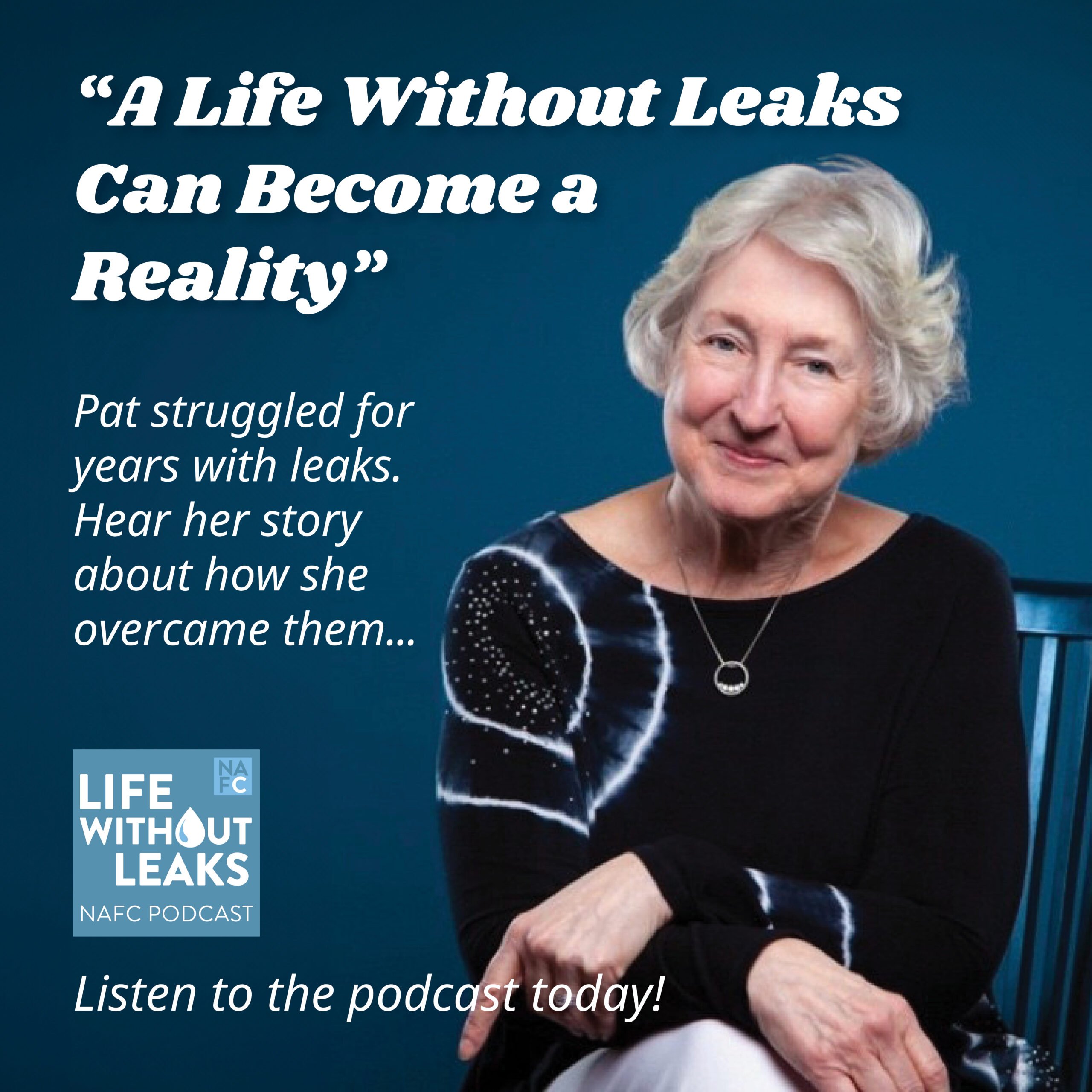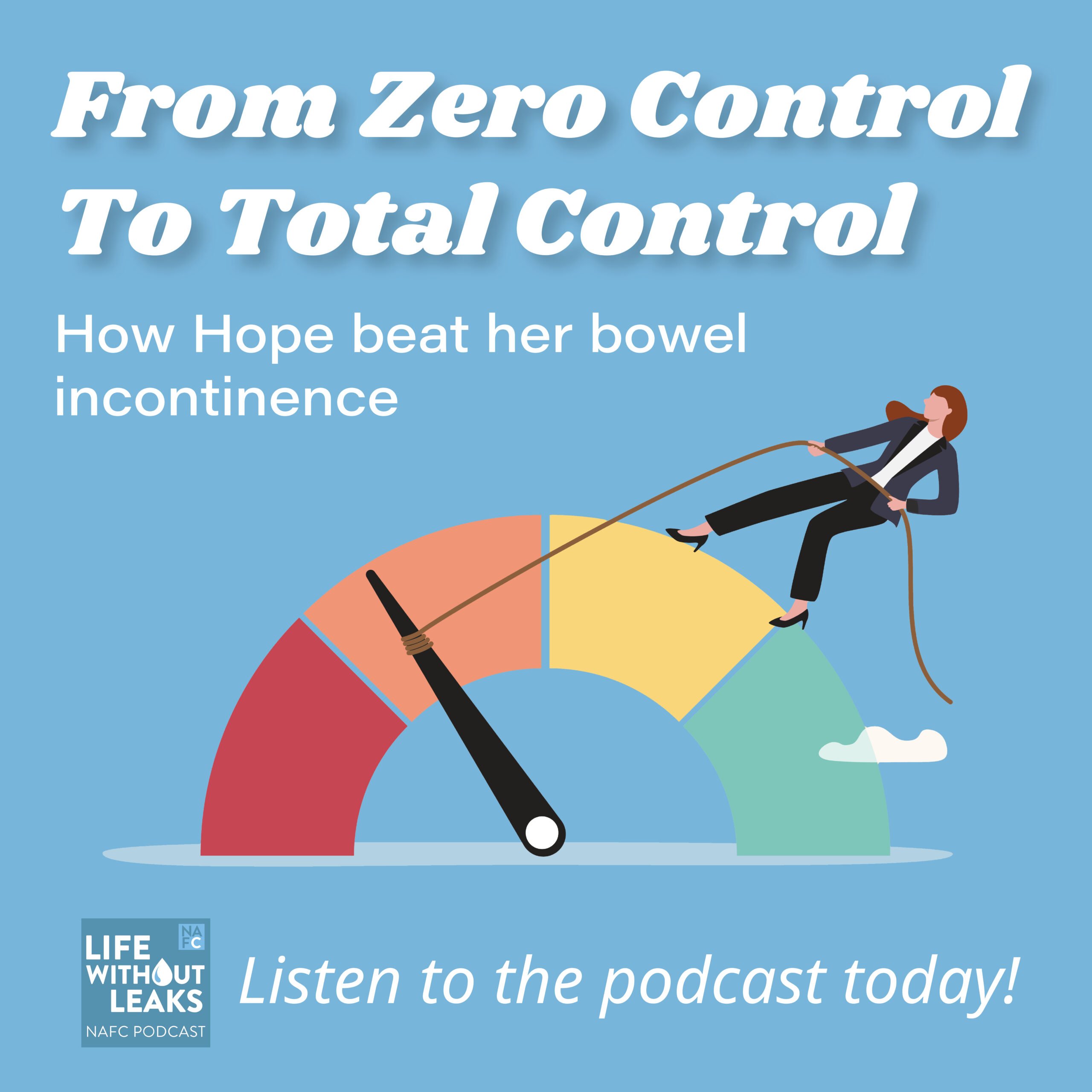
Physical therapy does a lot more than you might expect
If you thought that physical therapists only worked on muscle groups, you’re missing a big part of the picture. Today’s guest is Laura Keyser, a Doctor of Physical Therapy and Director of Clinical Strategy and Global Health for Axena Health. She explains how a PT can help you not just with exercises – though they’re incredibly effective there – but also with diet, weight management, stress and so many of the other factors that can influence your incontinence symptoms.












